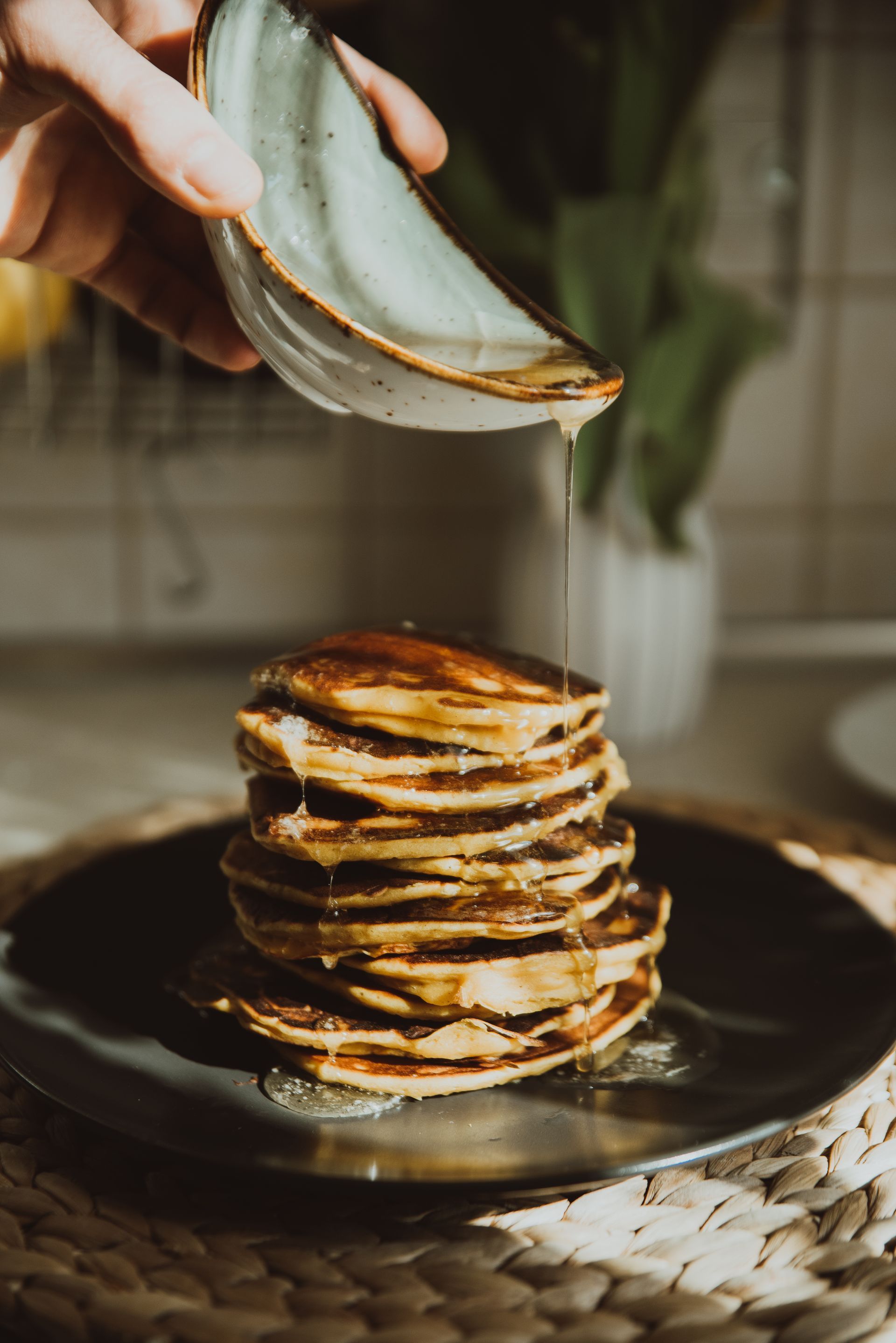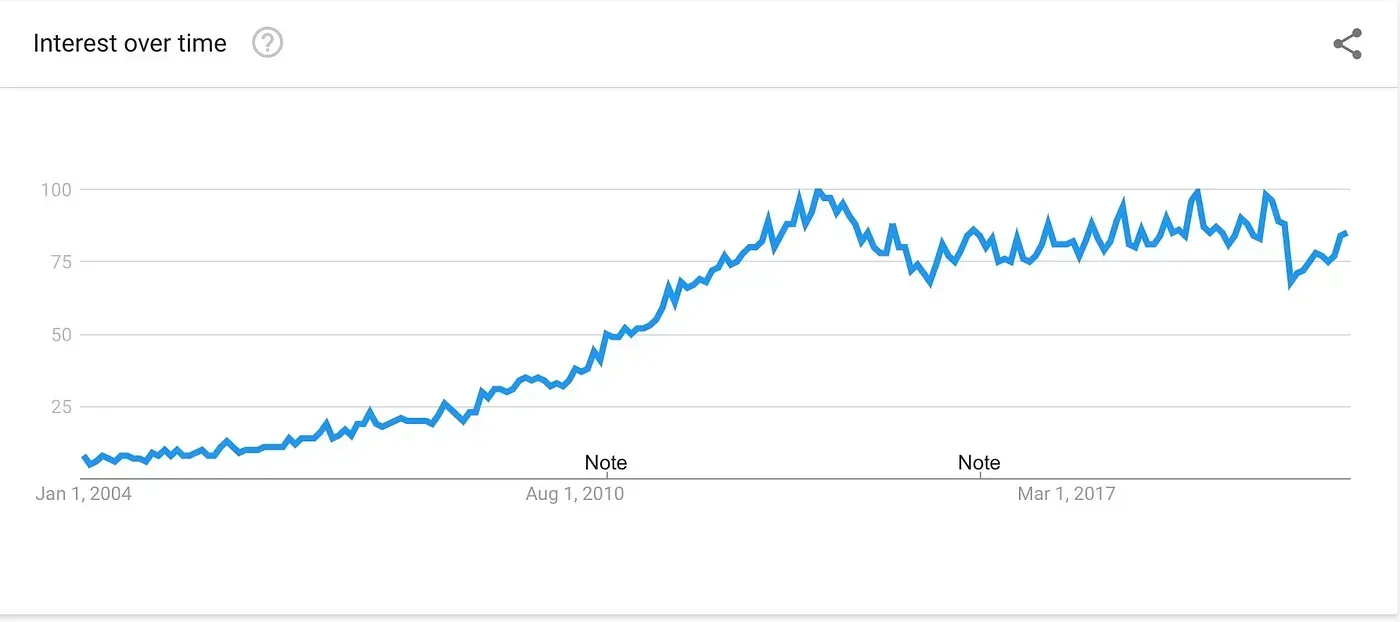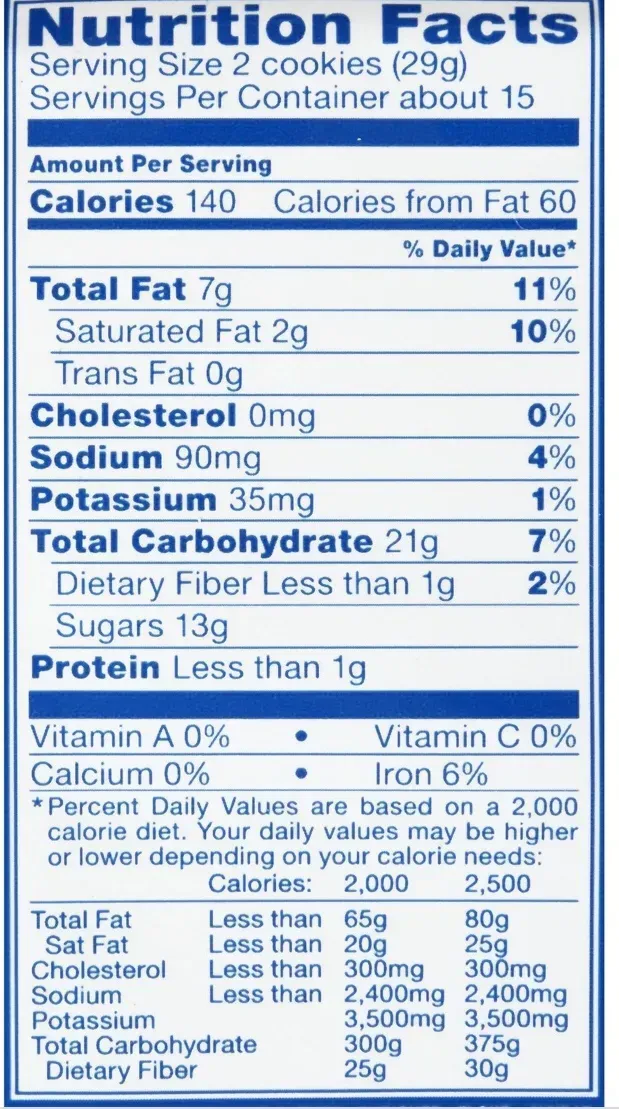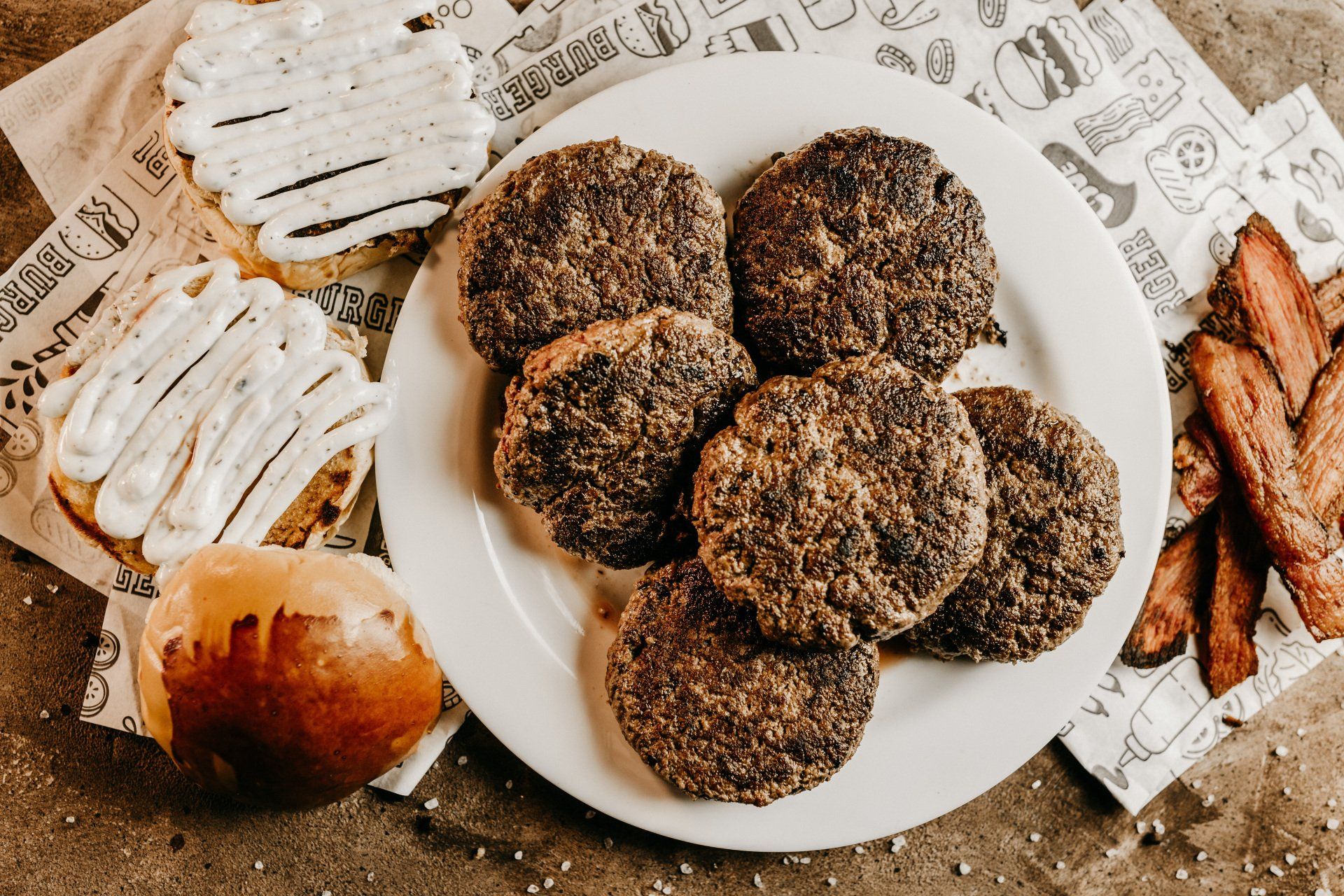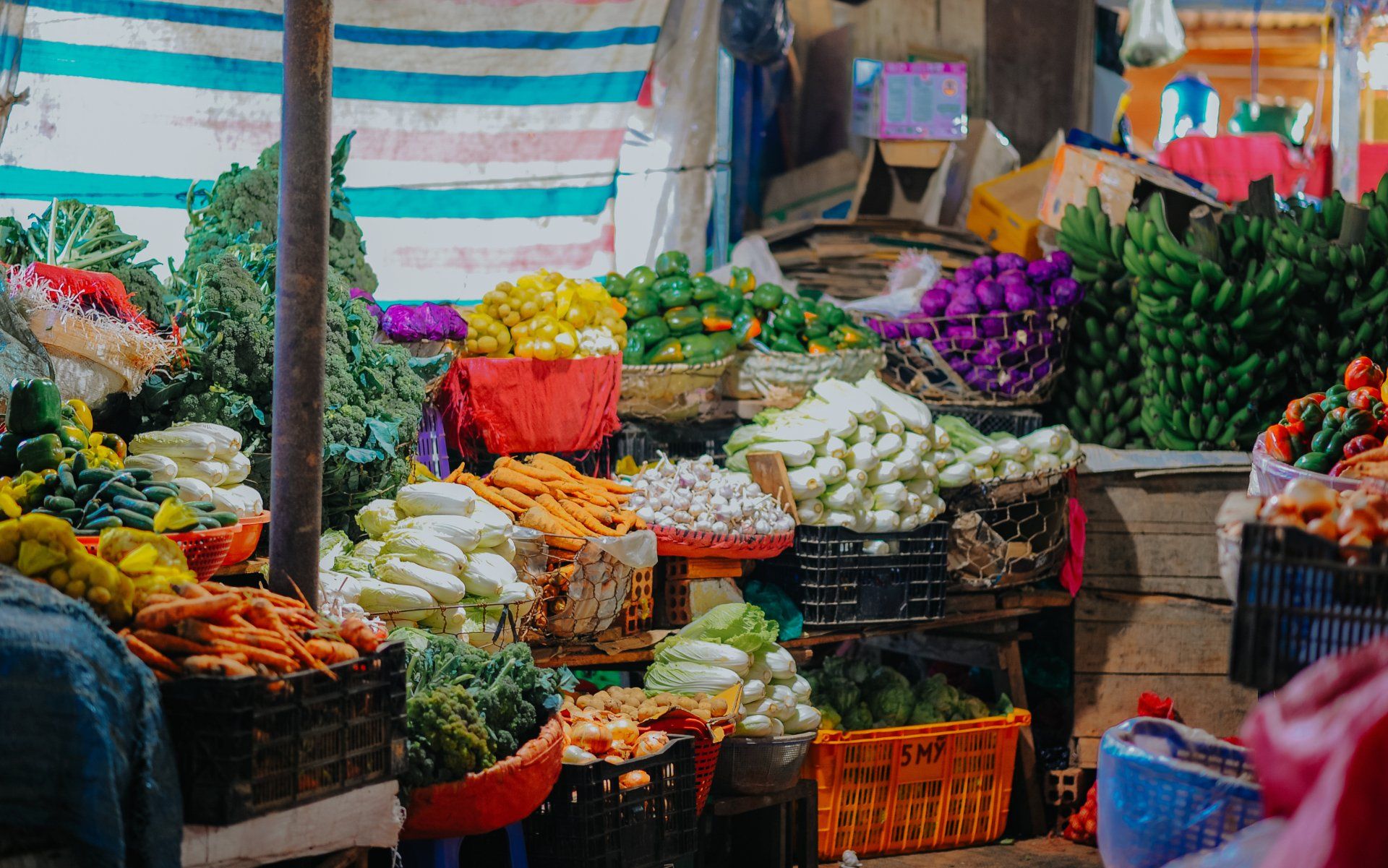Imagine driving to your favorite local donut shop: rustic look to the four walls, glimpses into the hordes of dough and sugar being tossed and baked in the back, laughing out loud at the crazy and creative names on the menu. Then you realize there’s a gluten-free menu, and your happiness is tenfold. You just read this new health blog on “The ten reasons to stop eating gluten” and feel you can finally eat guilt-free donuts. Insert the craze that is, gluten-free foods.
I know many people who think they are eating “healthier” simply by deciding to have gluten-free pizza or gluten-free brownies. It’s almost as if they believe they have a free pass to eat whatever they want. But yet, they haven’t changed their eating habits. Society has currently marketed to us that anything gluten-free means “guilt-free.” For those of you with Celiac Disease, I am deeply sorry. You all have to be gluten-free for the rest of your life, so the occasional beer, brownie, or pizza has to be gluten-free, or else you know what happens.
As for the rest of us, I’m writing this article to say that just because something is labeled gluten-free does not mean you can have as much as you want of that food without consequences. I once had a “cheat day” several years back where I ate nearly 8,000 calories of gluten-free desserts and thought it was healthy since it was all gluten-free. I probably gained some weight that day, caused some gut distress, and felt my blood sugar going on a roller coaster.
It’s possible to “loss health” by eating gluten-free foods, just like it’s possible to “get healthier” by only eating gluten.
Gluten-Free Market
The market for gluten-free products is snowballing. The gluten-free market is projected to be valued at $7.59 Billion in the U.S. by the end of this year (1). In 2017 alone, more than 33,000 different gluten-free health-related products were launched worldwide. General Mills, the famous cereal maker with nearly $17 billion in sales, is starting to invest more in the gluten-free market.
Before the year 2010, gluten-free was barely relevant. As you can see from this Google Trends Graph, the term skyrocketed after that, peaking its popularity around November 2013.


